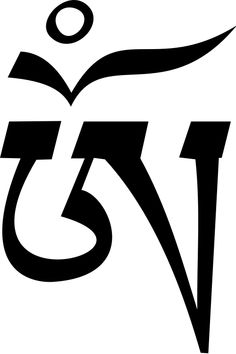- Jan 19, 2014
- 438
- 874
This thread has been diverted from Meaning Of Rahao
Is Ek Onkar an instruction on pronunciation of Onkar, or does the Ek hold any significance in Sikhi Philosophy itself?
Can Ekankar and Onkar be used interchangeably in Gurbani, or do these terms refer to distinct characteristics of the Divine?
How does ੴ give us the complete picture of the Divine?
To start off, I offer Bhai Gurdas ji's take on the subject.
There is a lot said by him, but we can start off with Vaar 3, paurie 15:
ਏਕਾ ਏਕੰਕਾਰੁ ਲਿਖਿ ਦੇਖਾਲਿਆ।
Aykaa Aykankaaru Likhi Daykhaaliaa.
एका एकंकारु लिखि देखालिआ ।
By writing 1 (One) in the beginning, it has been shown that Ekankar, God, who subsumes all forms in Him is only one (and not two or three).
Ekankar was shown by writing 1
ਊੜਾ ਓਅੰਕਾਰੁ ਪਾਸਿ ਬਹਾਲਿਆ।
Oorhaa Aoankaaru Paasi Bahaaliaa.
ऊड़ा ओअंकारु पासि बहालिआ ।
Ura, the first Gurmukhi letter, in the form of Oankar shows the world controlling
Oora was placed beside it as Onkar
Note: This was taken from searchgurbani.com. I found the English translation to be embellished, so I produced my own translation in blue.
Is Ek Onkar an instruction on pronunciation of Onkar, or does the Ek hold any significance in Sikhi Philosophy itself?
Can Ekankar and Onkar be used interchangeably in Gurbani, or do these terms refer to distinct characteristics of the Divine?
How does ੴ give us the complete picture of the Divine?
To start off, I offer Bhai Gurdas ji's take on the subject.
There is a lot said by him, but we can start off with Vaar 3, paurie 15:
ਏਕਾ ਏਕੰਕਾਰੁ ਲਿਖਿ ਦੇਖਾਲਿਆ।
Aykaa Aykankaaru Likhi Daykhaaliaa.
एका एकंकारु लिखि देखालिआ ।
By writing 1 (One) in the beginning, it has been shown that Ekankar, God, who subsumes all forms in Him is only one (and not two or three).
Ekankar was shown by writing 1
ਊੜਾ ਓਅੰਕਾਰੁ ਪਾਸਿ ਬਹਾਲਿਆ।
Oorhaa Aoankaaru Paasi Bahaaliaa.
ऊड़ा ओअंकारु पासि बहालिआ ।
Ura, the first Gurmukhi letter, in the form of Oankar shows the world controlling
Oora was placed beside it as Onkar
Note: This was taken from searchgurbani.com. I found the English translation to be embellished, so I produced my own translation in blue.


